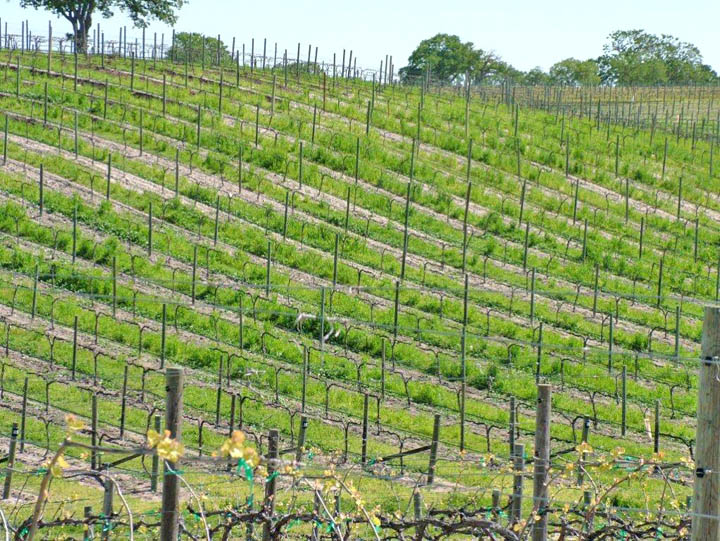October 12, 2012

Rabobank has published a new report on trends and outlook for the global wine market, saying that the global supply and demand balance is improving and that stocks will tighten in the short-term.
In the report, Rabobank's Food & Agribusiness Research and Advisory group looks at key issues affecting the international wine sector in the last quarter and in the period ahead:
• Global supplies are nearing demand equilibrium
• Stocks to become tighter in the short-term
• Diminishing pressure for wineries to participate in less profitable markets or price segments
• Strategic sourcing is gaining importance
• Shift in negotiating leverage in favor of wine companies which control supply
Stephen Rannekleiv, wine industry analyst at Rabobank and an author of the report, says, "Overall, total global wine production and inventories appear set to decline in 2012. Increasing output in the U.S. will be more than offset by the decline in production in the Southern Hemisphere, with the exception of Chile and South Africa, as well as the significant drop in output from Europe."
Rabobank's wine report says that oversupply in the global wine market has been so chronic over the past few years that at times it has seemed like a permanent industry characteristic.
From 2004 through 2010, the wine industry battled with excess supply, driven first by a series of large global harvests starting in 2004, and then by declining consumption during the global recession that started in 2008.
Since then, wine grape production has declined dramatically and consumption has begun to recover, driven by demand from the US, China and other emerging markets that has compensated for the declines in the traditional major European markets.
The latest research, Rabobank suggests, shows that global inventories of commercial wine are at their lowest point in over a decade, and stronger grape and bulk wine pricing in many markets suggest that the industry is much closer to balance.
Europe is likely to have a significantly reduced harvest, which will further tighten supplies but may also allow the market to eliminate unsustainable sales.
This shift towards a more balanced−and potentially tight−supply position is changing the dynamics of the global wine industry. Many wine companies have recently begun to implement strategies in the UK to sacrifice volumes in order to recover margins.
This decision was driven in part by the fact that wine companies no longer had any margins left to sacrifice, but the tighter supply situation has since eliminated much of the unsustainable competition that had been undercutting pricing. This is allowing wine companies to focus on more sustainable brand development.
Uneven effects
The effects of tightening global supply will not be felt evenly. Markets that currently pay the lowest average prices for bulk wine will be outbid by those that pay higher prices, and their volumes can be expected to decline.
Western Europe, Russia and some of the emerging markets (excl. China) are likely to see declines in imports (and therefore consumption). Western European wine exports should see declining volumes in 2013.
A tighter supply situation will require large wine companies to review their sourcing strategies as traditional sources become less available.
For wine companies with international aspirations, the prioritization of markets is likely to help determine where long-term investments should be made. In the context of tighter global inventories, there appears to be a shift in power in favor of those that control their own supply.
With increasing speculation about the market to moving into a period of tighter supply, planting activity has resumed in parts of the world where price increases and other market signals have been strongest.
However, suppliers in many areas also have the means to lift production in response to higher prices without further capital investment. Wine companies may need to remain wary not to over-compete for supply in a short market that may become surplus to requirements in the longer term.
Given the cyclical nature of supply movement, inventories could again return to oversupply with one large harvest, or further deterioration in the global economy.
Current bulk wine pricing trends reflect the expectation of a larger harvest in the US, as well as the economic uncertainty in Europe. Looking forward, the significant declines forecast for European production will likely help to keep bulk prices strong across most regions, and may lead to incremental price increases across some regions.
You May Also Like




